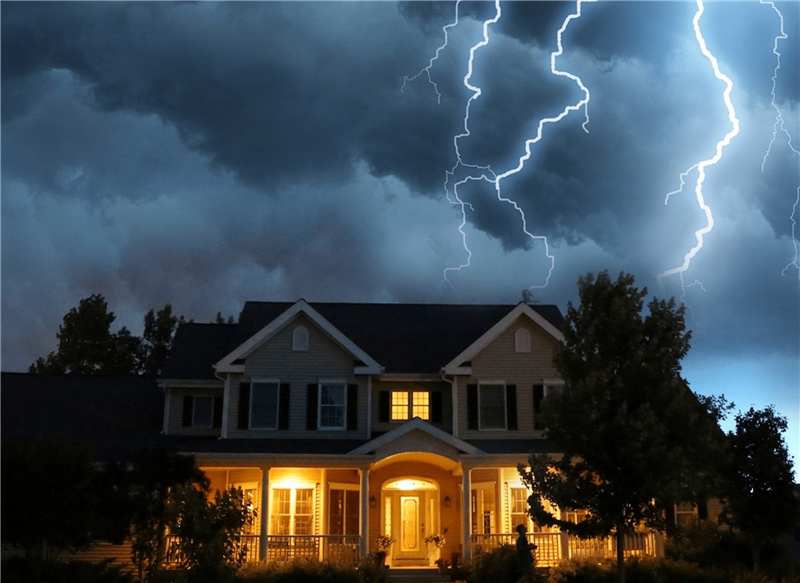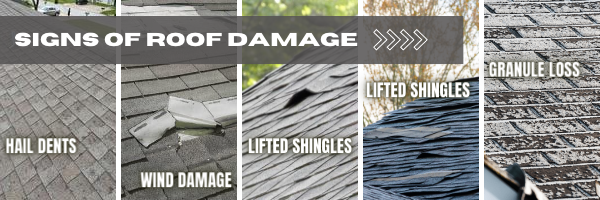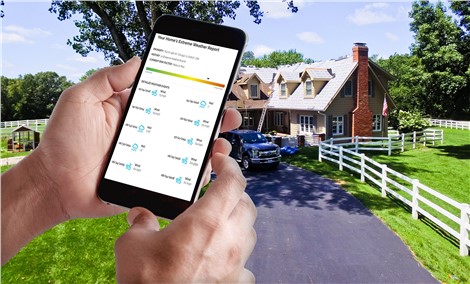
As storm season rolls around each year, many homeowners start to worry about the potential damage that their roofs could face. Strong winds, heavy rain, hail, and even lightning strikes can all cause significant damage to a roof. In this blog post, we'll take a closer look at how storm season affects roofs and what you can do to protect your home.
1. Wind Damage: One of the most common types of storm damage to roofs is caused by high winds. Strong gusts of wind can lift and remove shingles, tiles, and other roofing materials. This can leave the roof deck exposed to the elements, allowing water to seep in and cause leaks. Wind can also cause tree branches and other debris to fall onto the roof, causing damage.
2. Water Damage: Heavy rain can also take a toll on your roof. If your roof is not properly sealed or if there are any leaks, water can seep in and cause damage to the roof deck, insulation, and other components of your roof. Over time, this can lead to rot and decay, which can compromise the structural integrity of your roof.
3. Hail Damage: Hail is another common cause of roof damage during storm season. When hailstones hit a roof, they can dent or crack shingles, tiles, and other roofing materials. This can weaken the roof and leave it vulnerable to leaks and other types of damage.
4. Lightning Strikes: While less common, lightning strikes can also cause damage to roofs. When lightning strikes a roof, it can create a hole or other damage that can allow water to seep in and cause leaks. It can also damage the structural components of your roof, such as rafters and trusses.
So, what can you do to protect your roof during storm season? Here are a few tips:
1. Regular Maintenance: Regular roof maintenance can help identify and prevent potential issues before they become major problems. Have your roof inspected by a professional at least once a year to check for any damage or wear and tear.
2. Reinforce Your Roof: If you live in an area that is prone to high winds, consider reinforcing your roof with materials that are designed to withstand heavy gusts. This can include hurricane straps and other types of connectors.
3. Trim Trees: If you have trees near your home, make sure to trim any branches that could potentially fall onto your roof during a storm.
4. Repair Damage Promptly: If you do experience any storm damage to your roof, it's important to have it repaired promptly. Even small issues can quickly escalate into major problems if left unchecked.
By following these tips, you can help protect your roof during storm season and ensure that your home stays safe and secure. Remember, if you're ever unsure about the condition of your roof or if you suspect any damage, it's always best to call in a professional to take a look.
Subscribe to Roofing Restoration Services of America (RRSA)'s Blog







Comments